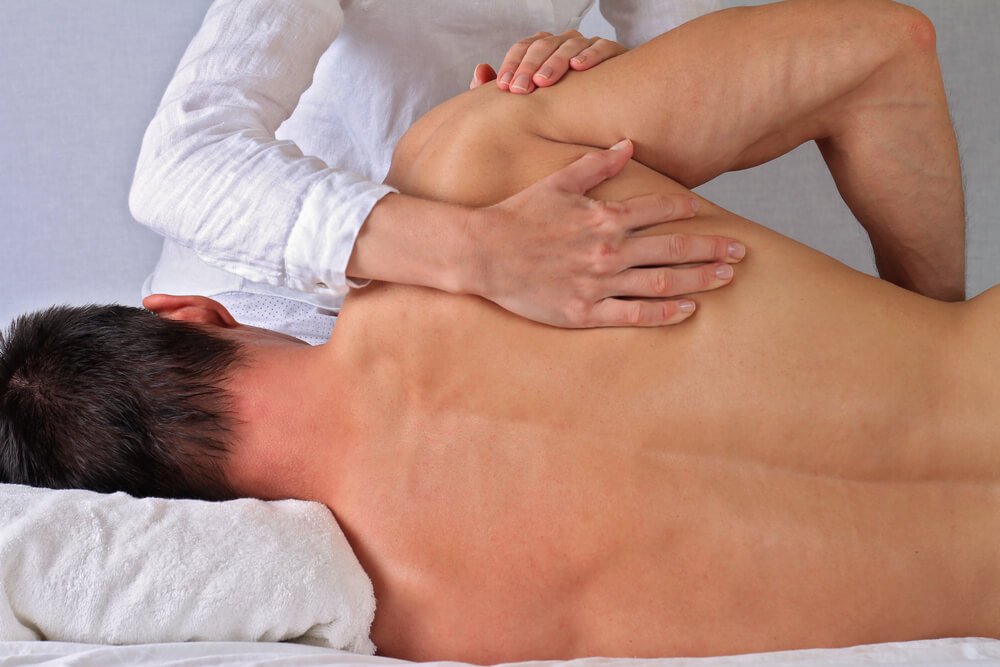Functional manual therapy is a comprehensive approach to physical therapy. The goal of manual physical therapy is to relieve pain and restore functionality to a patient’s musculoskeletal system. However, functional manual therapy takes this a step further.
There are three important aspects of functional physical therapy: mechanical, neuromuscular and motor control. Mechanical therapy focuses on the moving parts of the body and how well the patient can move them. Neuromuscular therapy is focused on how the brain connects to our muscles. Therapists use neuromuscular therapy to help patients learn to move their bodies in healthier ways, reducing the risk of injury. Motor control therapy helps the previous two aspects to work together in harmony.
Functional manual therapy combines the most important aspects of manual physical therapy with an emphasis on helping the patient improve their overall function.
Can I benefit from functional manual therapy?
Many of the problems that cause people to seek physical therapy are caused by the body being moved in ways that it shouldn’t. For example, many physical therapy patients complain of neck pain and back pain after a long day of work. Poor posture is a common cause of neck and back pain. Incorrect walking technique can also lead to back pain.
Functional manual therapy helps not only to relieve the pain from neck and back problems, but it helps to improve a patient’s mobility and posture. This way, the problems do not come back, and the patient is at lower risk of injury in the future.
If you are suffering from pain and decreased mobility, there are many manual therapy techniques that your therapist can use. Some of these include:
- Soft tissue mobilization — Sometimes, scar tissue from an injury or surgery can make your muscles tense and tight. Soft tissue mobilization helps to break up scar tissue and increase circulation in the affected area.
- Joint mobilization — Joint mobilization techniques help your physical therapist to restore movement to a joint that is stiff and difficult to move.
- Strain-counterstrain — This form of manual therapy allows your physical therapist to stretch your body in ways that release spasming and tight muscles. This helps to relieve pain and restore flexibility to your muscles.
- Muscle energy techniques — Your physical therapist can help to stretch and then contract your stiff muscles. This strengthens your muscles, as well as increasing their flexibility.
Who can I trust for physical therapy services in my area?
Manual therapy is an effective and vital part of physical therapy. But it is only a part of a comprehensive physical therapy plan. Turn to Whatcom Physical Therapy to find out more about manual therapy and the role it can play in your recovery.
Contact us today at one of our convenient clinics in northwest Washington for more information or to schedule an appointment.

